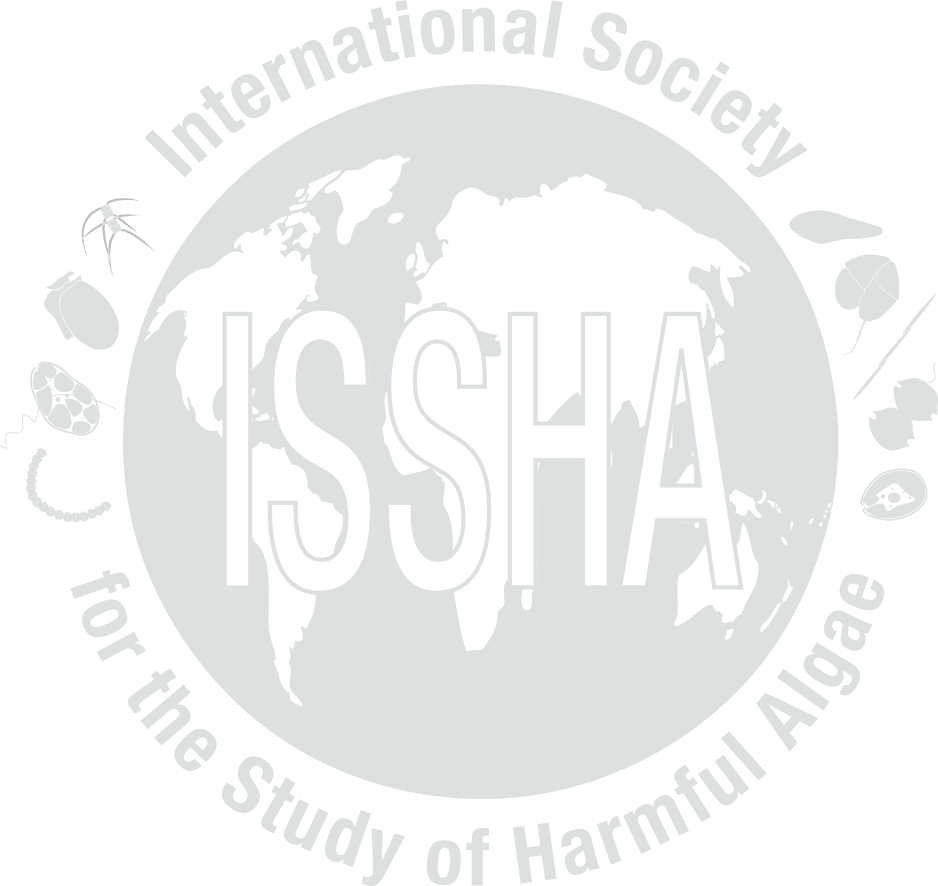|
Causative organism known:
|
Yes
|
|
Causative Species/Genus:
|
Pseudo-nitzschia delicatissima
(70,603 cells/L)
Routine monitoring station at line between Stonington approved and conditionally approved areas (see provided map), but highest concentration during the bloom occurred in Waterford (134,203 cells/L)
|
|
Co-Ocurring Species/Genus:
|
Pseudo-nitzschia plurisecta Orive & Pérez-Aicua, 2013
( cells/L)
|
|
Chlorophyll concentration, if known:
|
µg/l
|
|
Additional bloom information:
|
This was not a monospecific bloom (up to 21 other diatom genera present, in addition to dinoflagellates).
|
|
Event-related bibliography:
|
|
|
Weather:
|
|
Turbidity (NTU):
|
|
Wind direction:
|
|
|
Stratified water:
|
|
Oxygen content (nL/L):
|
|
Wind velocity:
|
|
|
Temperature (°C):
|
|
Oxygen saturation %:
|
|
Current Direction:
|
|
|
Sechhi disk (m):
|
|
Salinity:
|
|
Current Velocity:
|
|
|
|
Nutrient information:
|
|
|
Temperature Range During Event:
|
Max: 13.6 °C, Min: 12.1 °C
|
|
Salinity Range During Event:
|
Max: 30.8, Min: 27.3 |
|
|
Bloom location in the water column:
|
|
|
Growth:
|
In situ
|
|
Growth Comments
|
Max/min data based on samples collected from Guilford-Stonington on 6/2/20. Based upon semi-quantitative data collected over the past 2 years by DABA, it appears that Pseudo-nitzschia preferentially occurrs in eastern Long Island Sound (CT) in "offshore" waters (not directly on the coastline or in harbors/rivers/coves).
|
|
Additional Environmental information:
|
|
|
Species containing the toxin
|
Toxin type
|
Toxin details
|
Max. concentration
|
Assay type
|
|
|
Kit used:
|
Type of kit used:
|
|
Additional information:
|
No domoic acid was detected during this bloom or any subsequent blooms in 2020. DA has never been detected in CT, but routine analysis of Pseudo-nitzschia species (genetic) and domoic acid has never been conducted. ASP testing in CT is conducted in response to high Pseudo-nitzschia concentrations.
|
|
Economic losses:
|
It is believed there was no economic impact from this closure because this conditionally approved area is not heavily used and the closure was short.
|
|
Management decision:
|
Outer Stonington Harbor was closed after the elevated concentrations were detected, and the area was reopened after cell concentrations rapidly declined the following week and domoic acid was never detected in multiple shellfish species in eastern LIS.
|
|
Additional harmful effect information:
|
|



